An Iconic Landmark Full of Surprises
The Eiffel Tower is more than just the most famous landmark in Paris—it’s a masterpiece of engineering, a symbol of romance, and a structure filled with secrets that even frequent visitors don’t know. While millions admire its silhouette every year, only a select few are aware of the hidden stories, astonishing facts, and unexpected events that have shaped its history. Here are 10 little-known facts about the Eiffel Tower that will make you see this Parisian icon in a whole new light.
Gustave Eiffel’s Secret Apartment: A Hidden Retreat in the Sky
Perched at an astonishing 1,083 feet (330 meters) above the ground, Gustave Eiffel’s private apartment remains one of the Eiffel Tower’s most fascinating secrets. Unlike the tower’s imposing iron framework, this hidden retreat was a world apart—a sanctuary of warmth and refinement suspended high above Paris. Eiffel furnished it with rich wooden paneling, elegant upholstery, and even a grand piano, creating a space that felt more like a luxurious Parisian salon than part of an industrial marvel.
But this wasn’t merely a personal hideaway; it was a stage for history. Here, Eiffel hosted a select circle of distinguished guests, including none other than Thomas Edison, who famously presented him with one of his groundbreaking phonographs. The apartment became a symbol of exclusivity, a place where science, art, and innovation converged high above the City of Light.
Today, while the space has been carefully preserved, access remains highly restricted—reserved only for those with the right connections. But for those lucky enough to get a glimpse through its small viewing windows, the apartment still whispers stories of brilliance, ambition, and a life lived above it all.
The Eiffel Tower Changes Height: A Structure That Grows and Shrinks
Yes, the Eiffel Tower isn’t as immovable as it seems—it breathes with the seasons. Constructed entirely of iron, the tower expands under the intense summer heat, stretching up to six inches (15 cm) taller as the metal subtly elongates. Come winter, it contracts back to its original height, as if exhaling with the cold. This mesmerizing phenomenon, known as thermal expansion, was one of the great engineering challenges during its construction. Gustave Eiffel and his team had to design the structure with enough flexibility to withstand these natural shifts without compromising its stability. The result? A masterpiece of precision—one that moves with nature while standing tall as an icon of human ingenuity.
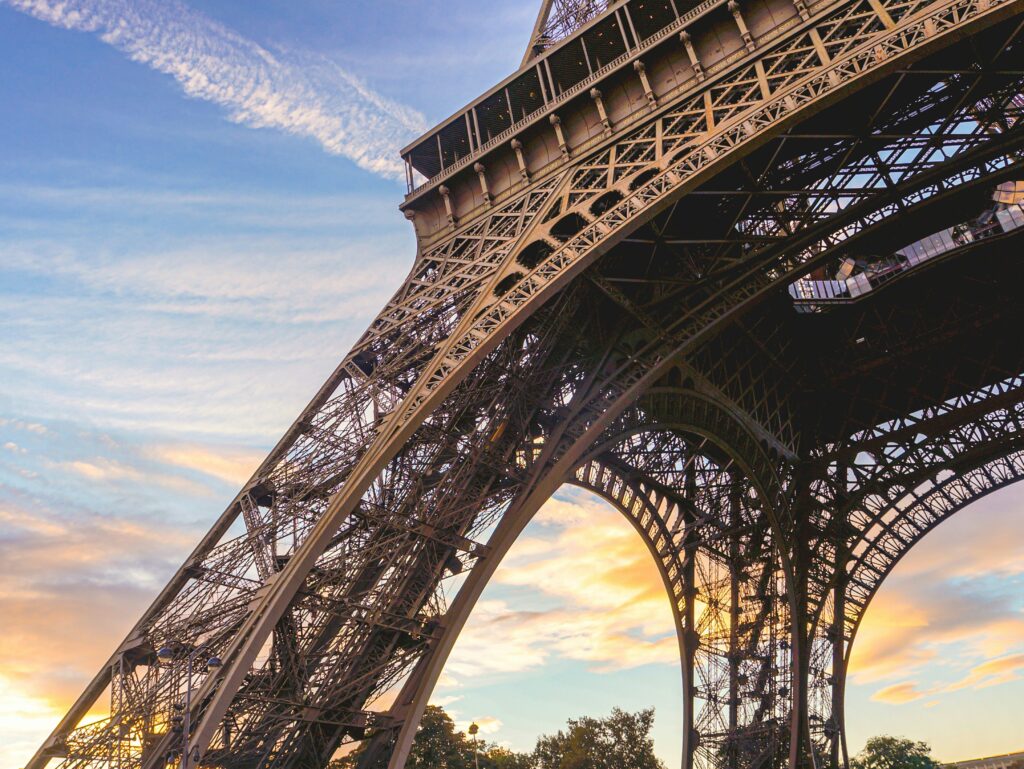
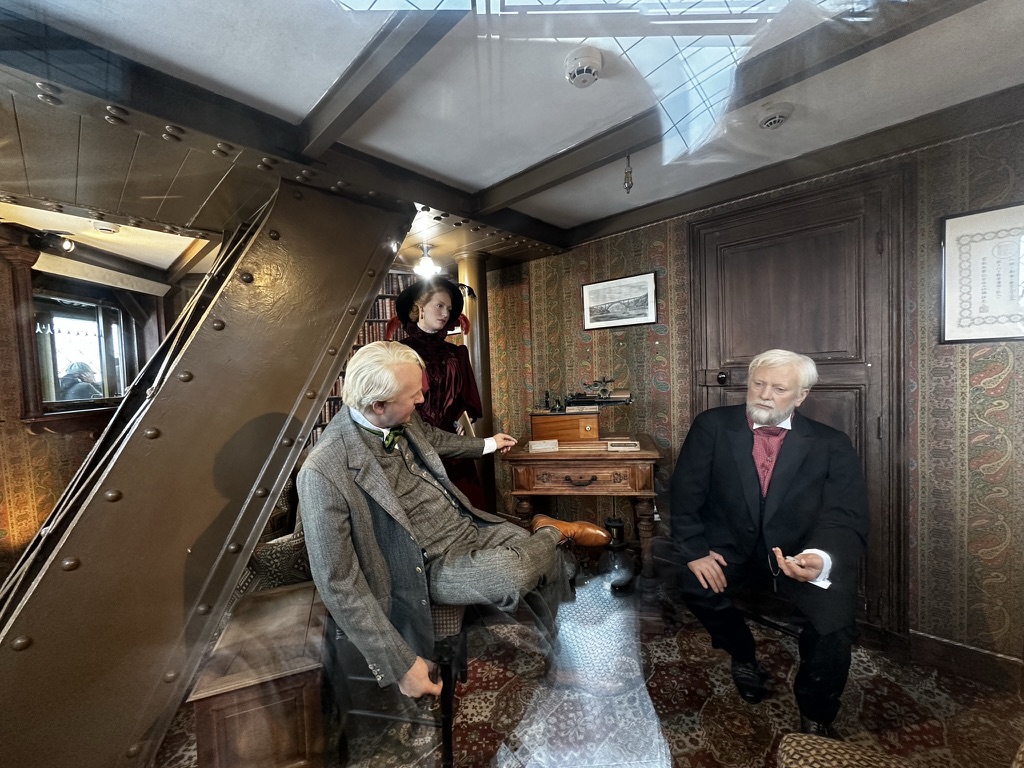
It Was Almost Moved to New York: The Eiffel Tower’s Near-Relocation
In the early 20th century, the Eiffel Tower faced an uncertain fate. Built with an initial 20-year permit, there were serious discussions about dismantling it once the lease expired—and even proposals to reconstruct it in New York City. Imagine the Paris skyline without its most famous silhouette! But what saved it wasn’t just its beauty—it was science. Gustave Eiffel had long advocated for the tower’s use as a hub for innovation, and its role in early radio transmission experiments proved invaluable. As one of the highest structures of its time, it became a crucial site for military communications, weather monitoring, and later, even television signals. Ironically, while New York never received the Eiffel Tower, it still bears Eiffel’s legacy—his engineering genius gave shape to the Statue of Liberty’s internal framework, ensuring that his name would stand tall on both sides of the Atlantic. Thanks to its contribution to technology, the Eiffel Tower remained standing—securing its place as not just an architectural marvel, but a beacon of progress.
The Tower Was Once the World’s Largest Billboard: Advertising in Lights
From 1925 to 1934, the Eiffel Tower wasn’t just a monument—it was the world’s largest billboard. In a bold and unprecedented marketing move, Citroën transformed the iron giant into a luminous advertisement, spelling out the carmaker’s name in thousands of bright lights along its height. Visible for miles across Paris, it dazzled residents and visitors alike, setting a new standard for brand visibility long before digital screens and skyscraper billboards. Even Charles Lindbergh, upon completing his historic transatlantic flight in 1927, described the illuminated Citroën sign as his guiding beacon into Paris.
Though modern regulations no longer allow commercial ads on the tower, its illuminations remain just as mesmerizing. Every evening, as the sun sets over the Seine, the Eiffel Tower comes alive with its signature golden glow, crowned by the iconic sparkling light show—a spectacle that continues to captivate millions and ensure the tower remains, quite literally, the shining heart of Paris.
Hitler Ordered Its Destruction—But Paris Had Other Plans
During World War II, the Eiffel Tower stood on the brink of destruction. As German forces prepared to retreat from Paris, Hitler gave the order to destroy the city’s most iconic monument. If he could not keep Paris, he would see it stripped of its greatest symbol. But whether due to defiance, disobedience, or sheer logistical constraints, the order was never carried out. The Iron Lady remained standing, a silent testament to the city’s resilience.
Long before liberation, Parisians had already begun their quiet rebellion. Sabotaging the tower’s elevators, they ensured that Nazi forces could not use it for surveillance or propaganda, forcing them to climb its endless steps like powerless intruders rather than triumphant occupiers. The Eiffel Tower became more than just a monument—it became a symbol of defiance, looming over a city that refused to surrender.
Then, on August 25, 1944, as the Allies and the French Resistance reclaimed Paris, the moment of triumph arrived. Captain Lucien Sarniguet of the Paris Fire Brigade, who had been forced to lower the French flag in humiliation four years earlier, led a team of six firefighters up the tower to restore the Tricolore to its rightful place. As it unfurled against the sky, the Eiffel Tower was no longer just a feat of engineering—it was a beacon of victory, standing tall over a liberated Paris.
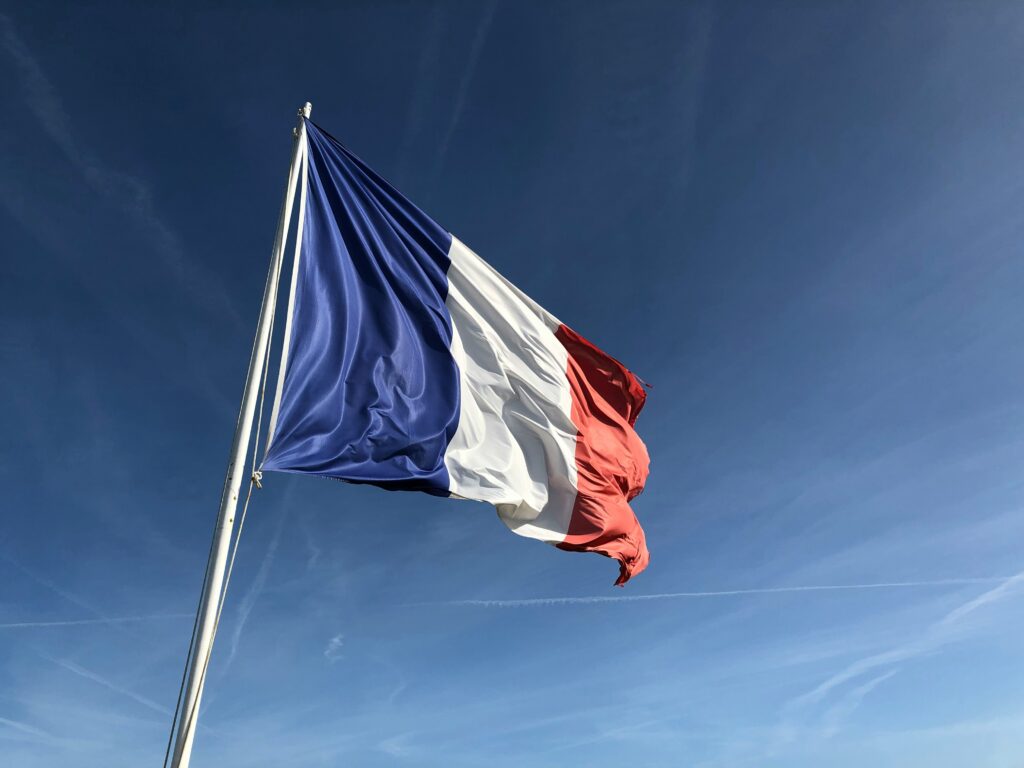
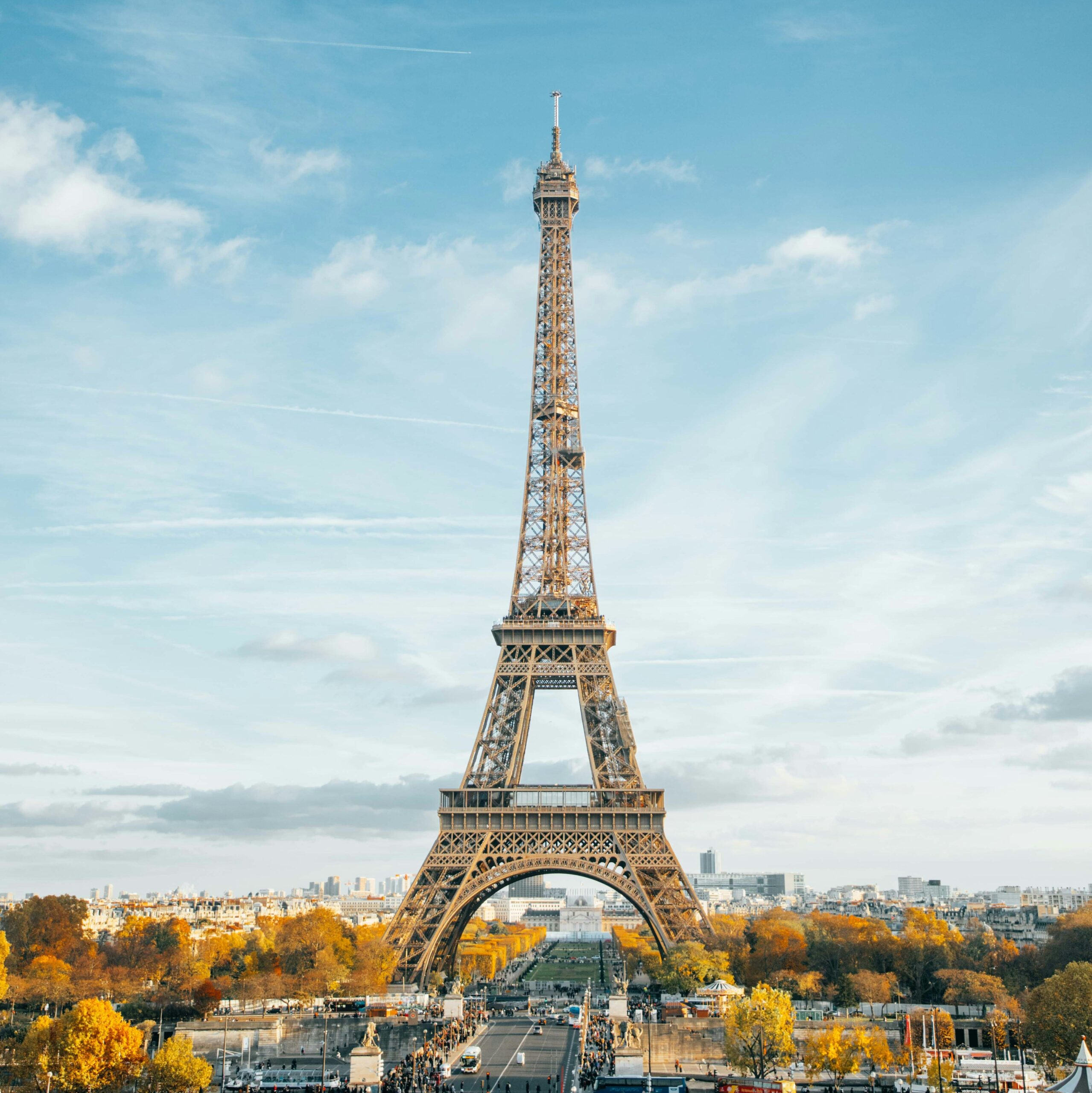
The Eiffel Tower Was Once Considered an Eyesore
Believe it or not, the Eiffel Tower was once Paris’ most controversial construction project. When work began in 1887, many Parisians were horrified, seeing it as a grotesque iron skeleton that would ruin the city’s elegant skyline. A group of 300 influential artists and intellectuals, including Guy de Maupassant, Charles Gounod, and Alexandre Dumas fils, signed a fiery petition denouncing the tower as a “monstrous” abomination unworthy of Paris.
Ironically, one of its most vocal critics, Guy de Maupassant, was later known for dining at the tower’s restaurant almost daily—not out of admiration, but because, as he famously quipped, “it was the only place in Paris where I could sit and not see it.”
Yet time has a way of reshaping opinions. What was once ridiculed as an eyesore is now the ultimate symbol of Paris—a monument so deeply woven into the city’s identity that imagining the City of Light without it feels impossible.
The Eiffel Tower Has Survived Lightning Strikes and Fires
Standing among the tallest structures in Europe, the Eiffel Tower is no stranger to dramatic encounters with nature. On average, it is struck by lightning about 10 times per year, with bolts illuminating its iron frame in spectacular flashes. Fortunately, the tower was designed to withstand these powerful electrical surges, its metal structure efficiently conducting the energy into the ground.
However, even the Iron Lady has had her close calls. In 1956, a faulty electrical system sparked a small fire, briefly threatening the upper section of the monument. Though the damage was minor, it served as a rare reminder that even the most resilient icons are not entirely untouchable. Yet, through storms, strikes, and centuries of change, the Eiffel Tower endures—unshaken, lightning-kissed, but never falling.
The Eiffel Tower’s Color Evolution: From Yellow to Bronze
Originally, the Eiffel Tower looked quite different from the deep bronze we know today. Over the years, it has gone through a surprising array of colors, including bright yellow, Venetian red, and a brownish-orange hue—each chosen to enhance its appearance or protect its iron framework. The current shade, “Eiffel Tower Brown,” wasn’t selected at random; it was carefully developed to harmonize with the Parisian skyline, ensuring that the tower remains an elegant yet unobtrusive presence above the city.
Maintaining this iconic look is no small feat. Every seven years, a team of expert painters applies 60 tons of paint entirely by hand, a painstaking process designed to shield the 18,038 iron parts from rust and aging. No shortcuts, no spray guns—just traditional craftsmanship, keeping the Iron Lady as timeless as the city she watches over.
There’s a Secret Military Bunker Beneath the Eiffel Tower
While millions of visitors admire the Eiffel Tower from above, few realize that a hidden military bunker lies beneath their feet. Tucked away beneath the Champ de Mars, near the tower’s south pillar, this underground facility was once a crucial nerve center for strategic communications. Designed to withstand external threats, it provided a secure space for covert operations and military coordination, ensuring that Paris remained connected even in times of crisis.
Though long decommissioned, the bunker remains largely intact, a silent relic of history hidden in the shadows of Paris’ most celebrated monument. Today, select guided tours offer privileged access to parts of this subterranean world, allowing those in the know to step beyond the usual tourist trail and uncover the Eiffel Tower’s secret past. Beneath the dazzling lights and romance, a hidden story of wartime resilience and clandestine operations still lingers—proof that even Paris’ most iconic symbol holds secrets waiting to be discovered.
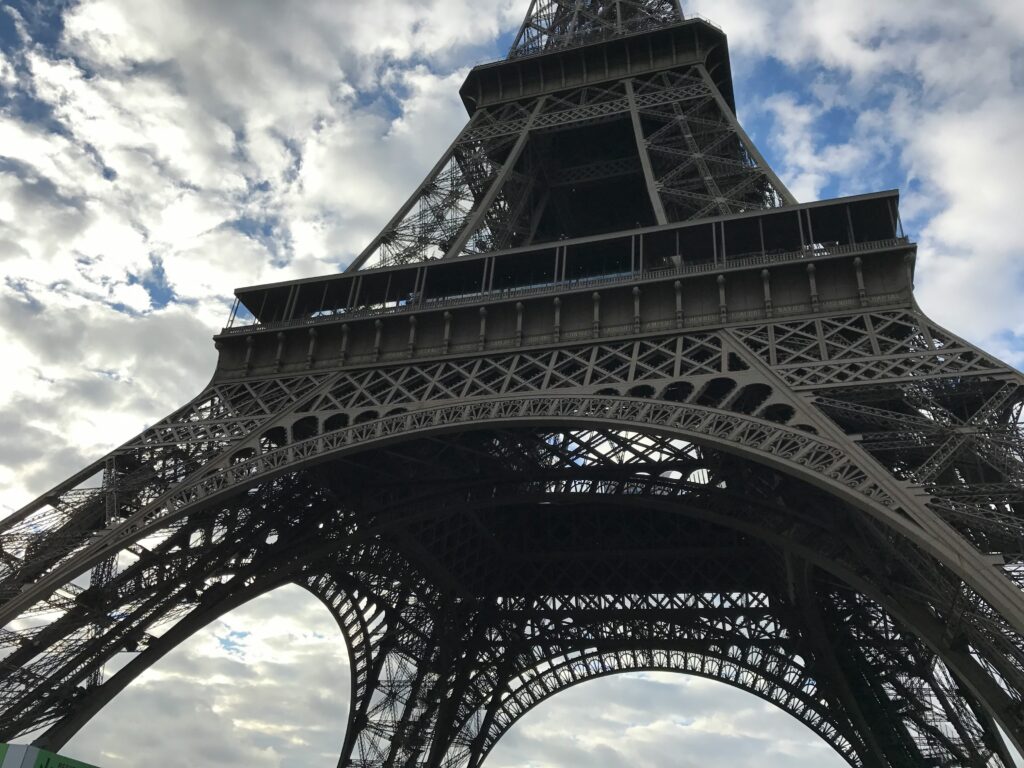
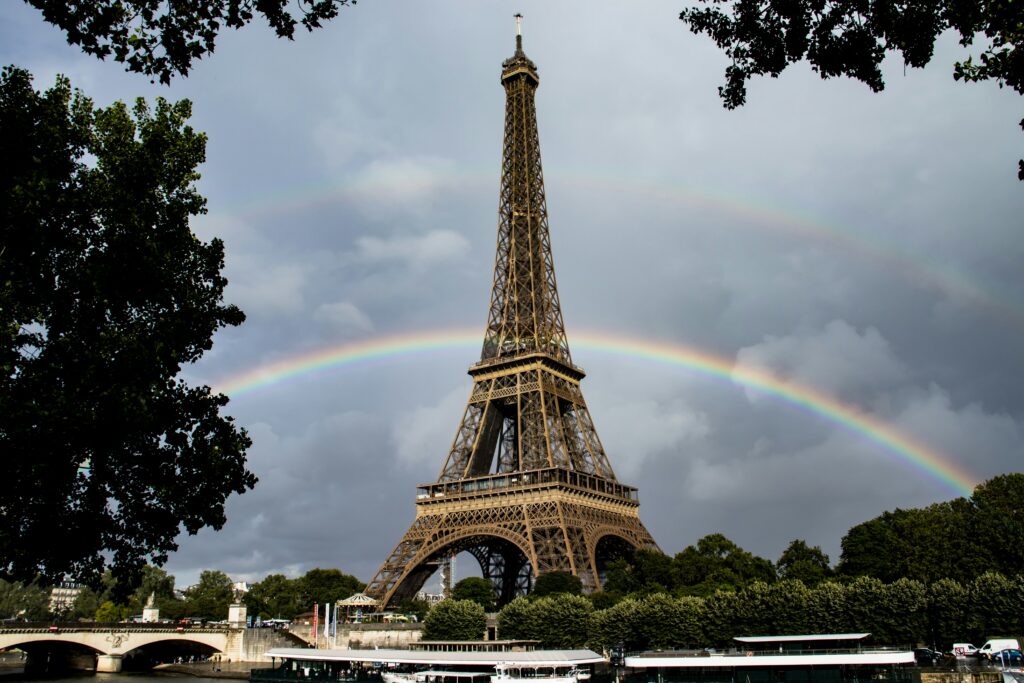
You Can Unlock the Eiffel Tower’s Secrets
For those who crave more than just a view, the Eiffel Tower holds hidden doors—quite literally. With a privately guided tour led by a specialized expert, step beyond the usual visitor path and gain privileged access to areas normally closed to the public. Glide past the crowds with exclusive use of private elevators, explore secret passages and historic engineering marvels, and uncover the Tower’s best-kept stories. This is not just a visit—it’s a rare invitation into the inner sanctum of one of the world’s most iconic landmarks. And of course, we can make it happen.
The Eiffel Tower: More Than a Monument, a Story Waiting to Be Uncovered
The Eiffel Tower is not just a famous landmark—it’s a living testament to human ingenuity, resilience, and reinvention. Beneath its shimmering lights lies a history filled with secrets, defiance, and transformation. Once ridiculed and nearly demolished, it became an engineering marvel that defied expectations, a wartime witness that stood tall against destruction, and a hub of scientific progress that shaped the modern world. From Gustave Eiffel’s hidden apartment to a secret military bunker, from its ever-changing colors to the thrill of lightning strikes, the Tower holds more than meets the eye. These stories don’t just make it fascinating—they make it alive, a monument with a past as extraordinary as the city it defines.
If you want to experience the magic of the Eiffel Tower beyond the ordinary, we can curate an exclusive, tailor-made visit just for you. Imagine skipping the crowds with a VIP guide unlocking hidden corners, gaining privileged access to areas unseen by the public, or discovering the Tower’s most exclusive secrets with an expert by your side.
Paris is waiting—are you ready to explore its most iconic symbol like never before? Contact us, and let’s craft your ultimate Eiffel Tower experience.


